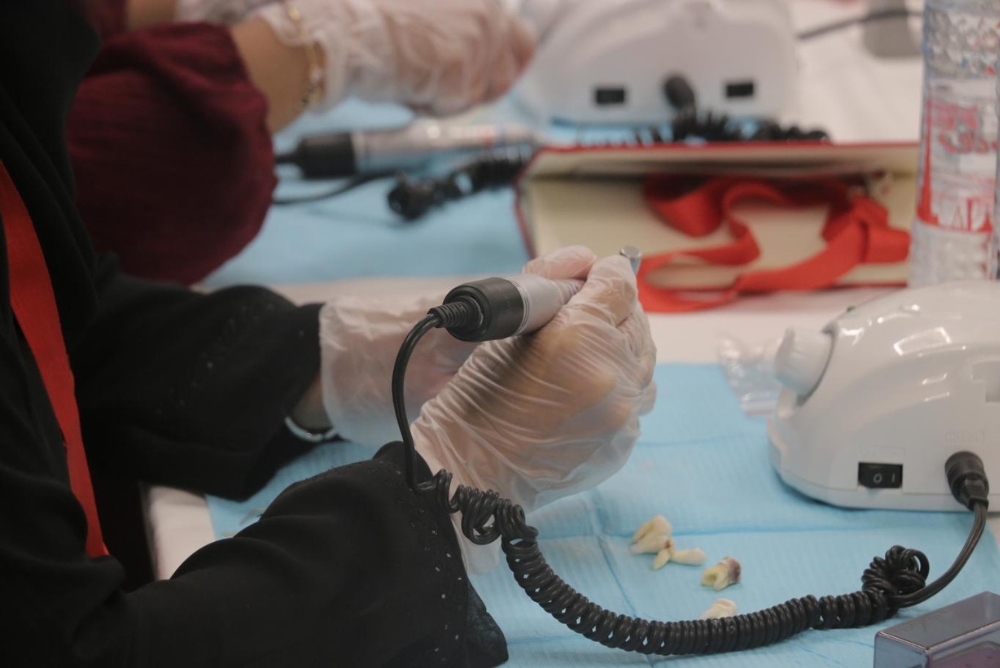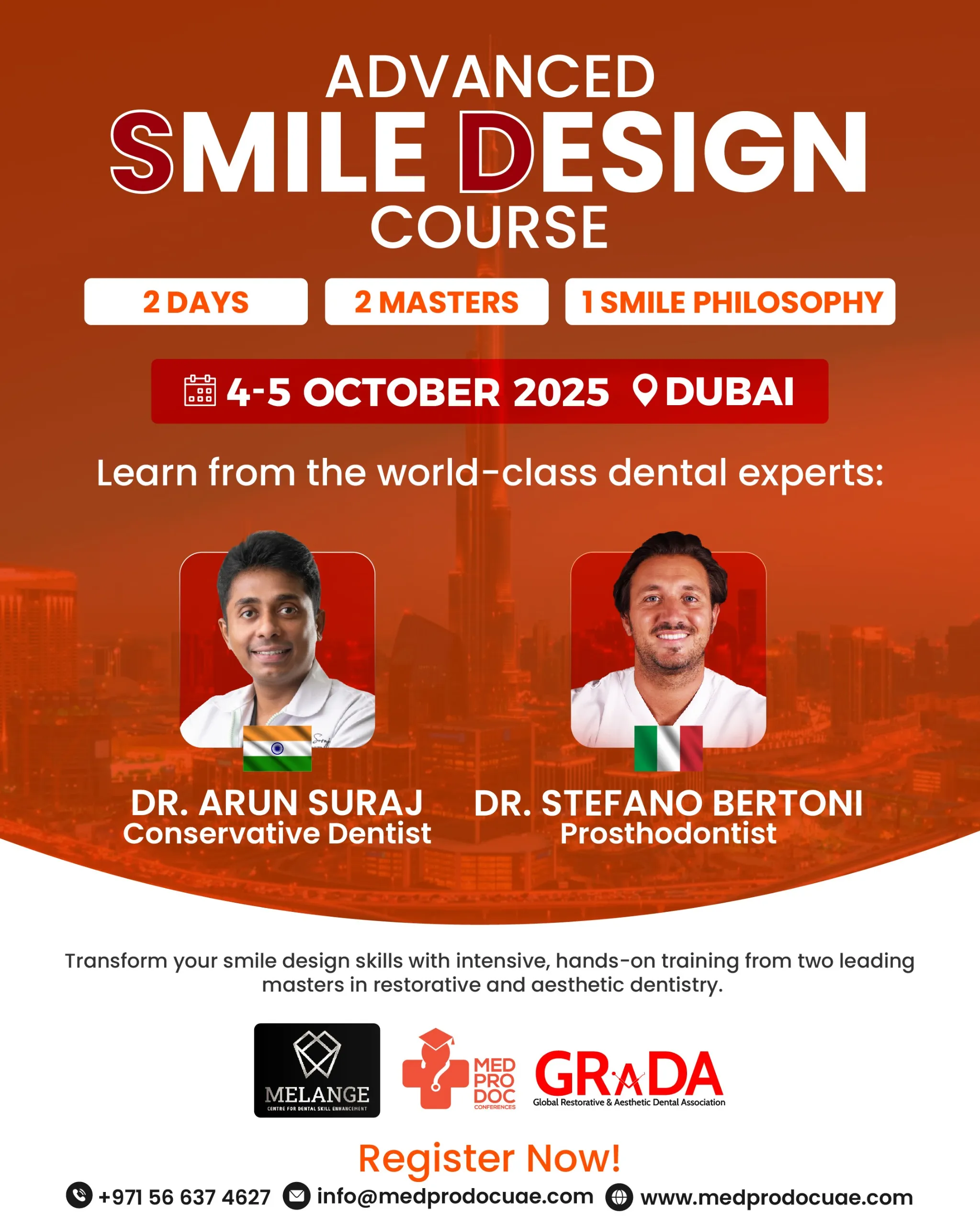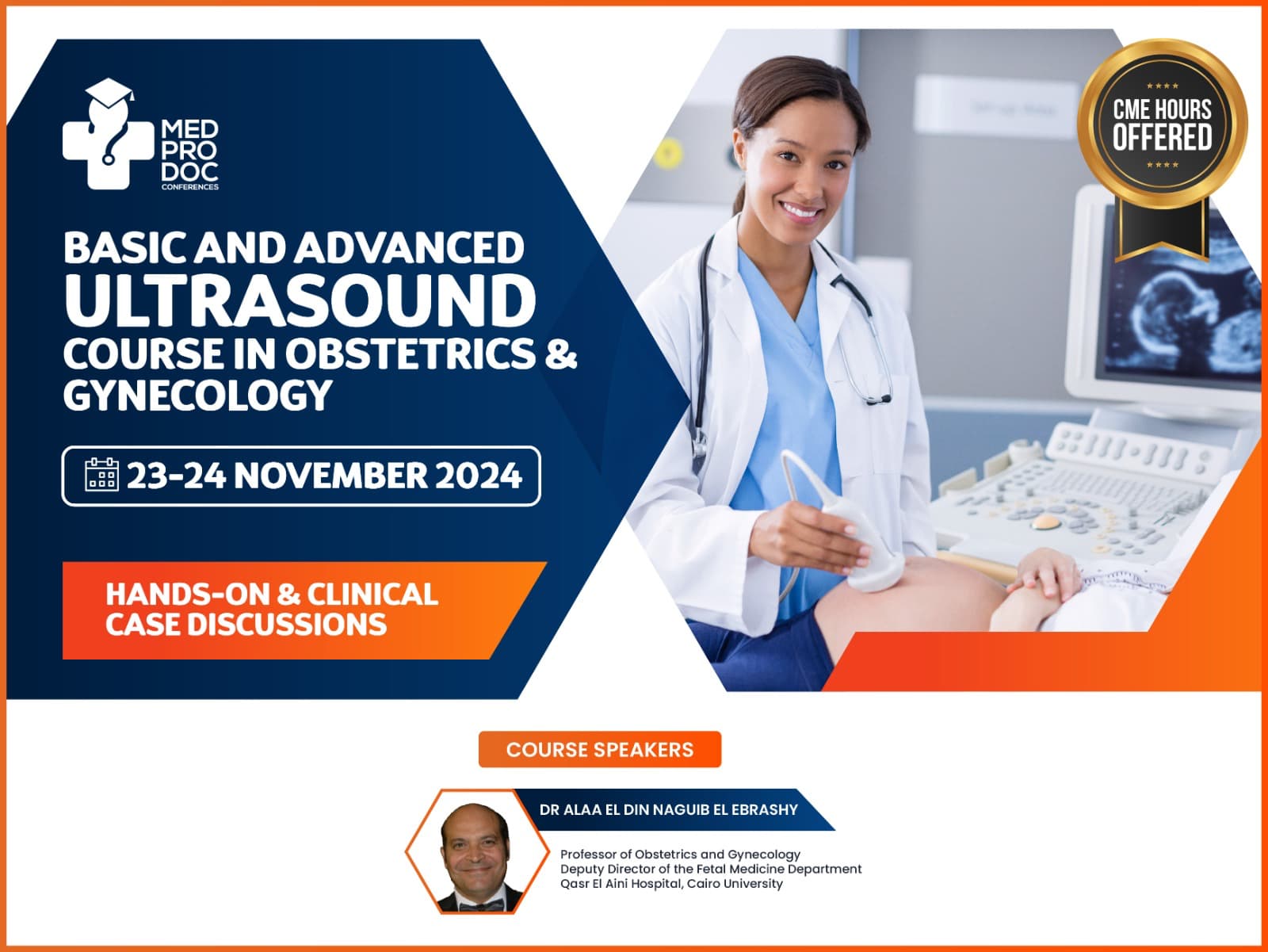Top Resources to Enhance and Advance Your Pediatric Dentistry Skills
Building strong pediatric dentistry skills goes beyond clinical expertise-it requires emotional intelligence, effective behavior management, and the ability to create a supportive, child-friendly environment. Unlike general dentistry, caring for young patients requires advanced communication techniques and confidence in age-specific procedures, which can be developed through structured pediatric dentistry training and the use of appropriate pediatric dentistry resources.
To stay ahead in the field of pediatric dentistry, dental professionals must engage in continuous learning. This involves accessing the right pediatric dentistry resources, participating in structured skill development programs, receiving mentorship, and exposure to modern treatment methodologies.
MedProDoc is committed to providing dentists with high-impact pediatric dentistry training, hands-on workshops, and evidence-based education systems that support real clinical growth.
Below is a structured outline of the best pediatric dental study resources that you may find helpful in improving your skills as a pediatric dentist.
1. Continuing Education & Specialized Pediatric Dentistry Programs
Ongoing education is essential for maintaining competence in a rapidly evolving specialty. Pediatric patient management, dental materials, and treatment techniques continue to grow, making structured pediatric dentistry training crucial.
Hands-On Pediatric Dentistry Workshops
Hands-on learning greatly improves confidence in everyday pediatric practice. Workshops often focus on:
- Rubber dam application in young patients
- Child-friendly anesthesia administration and pain control
- Stainless steel and zirconia crown placement
- Preventive and interceptive orthodontic methods
- Treating medically compromised or special needs children
MedProDoc’s pediatric dentistry programs are targeted at case-based training with direct clinical applicability.
Online Webinars and On-Demand Learning
Web-based training platforms offer easy access to:
- Minimally invasive restorative pediatric techniques
- Clinical updates in pulp therapy and pulpotomy
- Laser-assisted pediatric dentistry
- Techniques for reducing dental anxiety in children
- Pediatric dental trauma and urgent care methods
These recorded sessions allow busy practitioners to learn at their own pace while reinforcing core pediatric dentistry skills.
Professional Pediatric Dental Associations
Associations such as:
- AAPD (American Academy of Pediatric Dentistry)
- EAPD (European Academy of Pediatric Dentistry)
Provide dental members with guidelines, research updates, textbooks, and access to conferences — key components of ongoing professional development.

2. Foundational Textbooks & Evidence-Based Literature
Clinical mastery is built on a strong theoretical understanding. Maintaining access to essential pediatric dentistry resources strengthens diagnostic judgment and treatment planning.
Recommended Core Texts
- Pediatric Dentistry: A Clinical Approach
- The standard reference textbook, McDonald and Avery’s Dentistry for the Child and the Adolescent
Textbooks cover caries prevention, growth patterns, trauma protocols, and interdisciplinary treatment strategies.
Peer-Reviewed Journals
Regularly review:
- Journal of Pediatric Dentistry
- International Journal of Pediatric Dentistry
- Pediatric Dental Journal
Pediatric Dental Journal. This will make sure you stay up-to-date with current medical practices.
Clinical Case Blogs & Discussion Platforms
Case-based discussions are helpful for:
- Behavior guidance issues
- Sedation selection and monitoring
- Clinical troubleshooting during restorative or trauma care
These informal learning exchanges complement structured study.
3. Digital Communities & Peer Networks
Growth is accelerated by collaboration. Joining online professional communities allows dentists to exchange experiences, clinical tips, and insights into materials.
Social Learning Groups
LinkedIn and Facebook groups provide:
- Case discussion threads
- Technique recommendations
- Peer support for unusual clinical cases
Interactive Pediatric CE Learning Sites
These websites offer structured learning materials for studying pediatric dentistry, offering learning activities such as tests, scenario modules, and simulation activities.
Specialist Educational YouTube Channels
Procedure videos allow practitioners to visualize:
- Crown placement sequences
- Pulp therapy steps
- Behaviour management demonstrations
This reinforces muscle memory and technique fluency.
4. Applying Clinical Best Practices in Daily Pediatric Dentistry
Employing Evidence-Based Practices in Everyday Pediatric Dentistry
Skill is developed through consistent application.
Effective Communication & Trust-Building
Communicate using age-appropriate language and involve parents strategically to ensure treatment acceptance and adherence.
Evidence-Based Behavior Management
Familiarize yourself with:
- Tell-Show-Do steps
- Positive reinforcement
- Distraction and Guided Voice Control
- When to escalate to sedation or GA
Preventive & Minimally Invasive Treatment
Current pediatric dentistry stresses:
- Dental sealants
- Fluoride therapy
- Silver diamine fluoride
- Diet counseling and caries risk assessment
In fact, these treatments have been shown to decrease the need for restoration work significantly.

5. Staying Current with Pediatric Dental Technology
Innovation is steadily transforming pediatric dental care:
- Digital record systems improve case continuity and parental communication
- Tele-dentistry increases access for follow-ups and consultations
- 3D printing supports orthodontic appliance fabrication
- Dental lasers improve soft-tissue and hard-tissue outcomes with reduced discomfort
Adopting these advances boosts the quality of care and clinical efficiency.
6. Mentorship, Networking & Professional Growth
Professional growth is enhanced by being connected.
- Attend pediatric dentistry conferences
- Seek mentorship for complex treatment guidance
- Join academic circles or clinical study groups
These support continuous knowledge expansion and collaborative clinical decision-making.
Conclusion: Excellence Requires Continuous Growth
Developing advanced pediatric dentistry skills is a lifelong process. It requires structured study, hands-on experience, mentorship, research engagement, and adaptability. With an enabling approach to pediatric dentistry resources and full engagement in pediatric dentistry programs, practitioners enhance patient care outcomes while strengthening positive dental experiences for children.
MedProDoc continues to provide the dental community with the best resources for pediatric dentistry study and training, ensuring practical skill-building and meaningful clinical impact.











